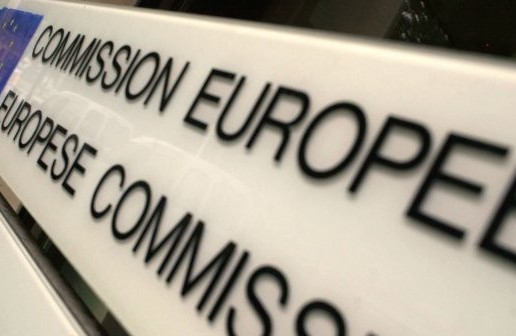For 10 years the EU Rapid Information system (RAPEX) has been guarding European consumers against un-safe non-food products. In 2013 a total of 2,364 measures were taken by EU Member States. This figure indicates a 3.8% rise in alerts compared to 2012 and continues the increasing trend which has been apparent since the establishment of RAPEX in 2003.
"RAPEX shows that Europe is vigilant and cares for the safety of our 500 million citizens. It is a success story of cooperation between national authorities and EU institutions for the benefit of our citizens. The 10th anniversary of RAPEX is testimony to the ever increasing importance that enforcement authorities give to co-operation in ensuring a safer Single Market.” – said Neven Mimica, EU Commissioner for Consumer Policy.
RAPEX is the EU rapid alert system between Member States and the European Commission on non-food products. Its role is to disseminate rapidly information on potentially dangerous products and national enforcement action. This results in the earlier identification and earlier removal from EU markets of products which pose a danger to consumers.
Since its establishment in 2003, RAPEX has had a continued and steady expansion in terms of alerts received and follow up actions undertaken in response to such alerts. From around 200 notifications in 2003, RAPEX now receives and distributes more than 2000 notifications on a yearly basis.
Which products are posing risks?
In 2013, clothing, textiles and fashion items and toys (both 25%), were the two main product categories for which corrective measures had to be taken. Among the most frequently notified risks caused by these products were chemical risks, risk of strangulation, risk of injury and choking.
Chemical risks are present both in clothing and toys (e.g. Chromium VI in shoes and leather articles, phthalates in toys). The risk of strangulation or injuries because of the presence of drawstrings and cords were the main reasons for notifying clothes. Other examples of products banned in 2013 include childcare articles (unstable bathtubs for babies, collapsing pushchairs), and tattoo inks containing several prohibited chemical substances. Businesses should ensure that well-known risks are taken into account prior to production, and if mistakes happen, it is important that they withdraw or recall the product.
Where are they coming from?
China is the number one country of origin in the alert system. Last year, 64% of the total number of notifications on dangerous products related to products coming from China.
To make Chinese producers better informed and mindful of the requirements, the EU is working bilaterally with China on the exchange of information between the authorities and communication activities. In this dialogue, the European Commission also highlights the relevance of boosting the traceability of the notified products. A recent study by an expert group supported by the European Commission sets out recommendations concerning both how to improve traceability and also what consumers should pay attention to.
RAPEX 2013 in numbers
2,364 total number of notifications
31 number of participating countries (EU28 +Norway, Iceland and Liechtenstein)
5 most frequently notified product categories in 2013:
25% Clothing, textiles and fashion items;
25% Toys;
9% Electrical appliances and equipment;
7% Motor vehicles;
4% Cosmetics
Notifications by country of origin of the notified product:
64% China including Hong Kong;
15% EU-28 and EEA countries;
10% Unknown;
11% Other






